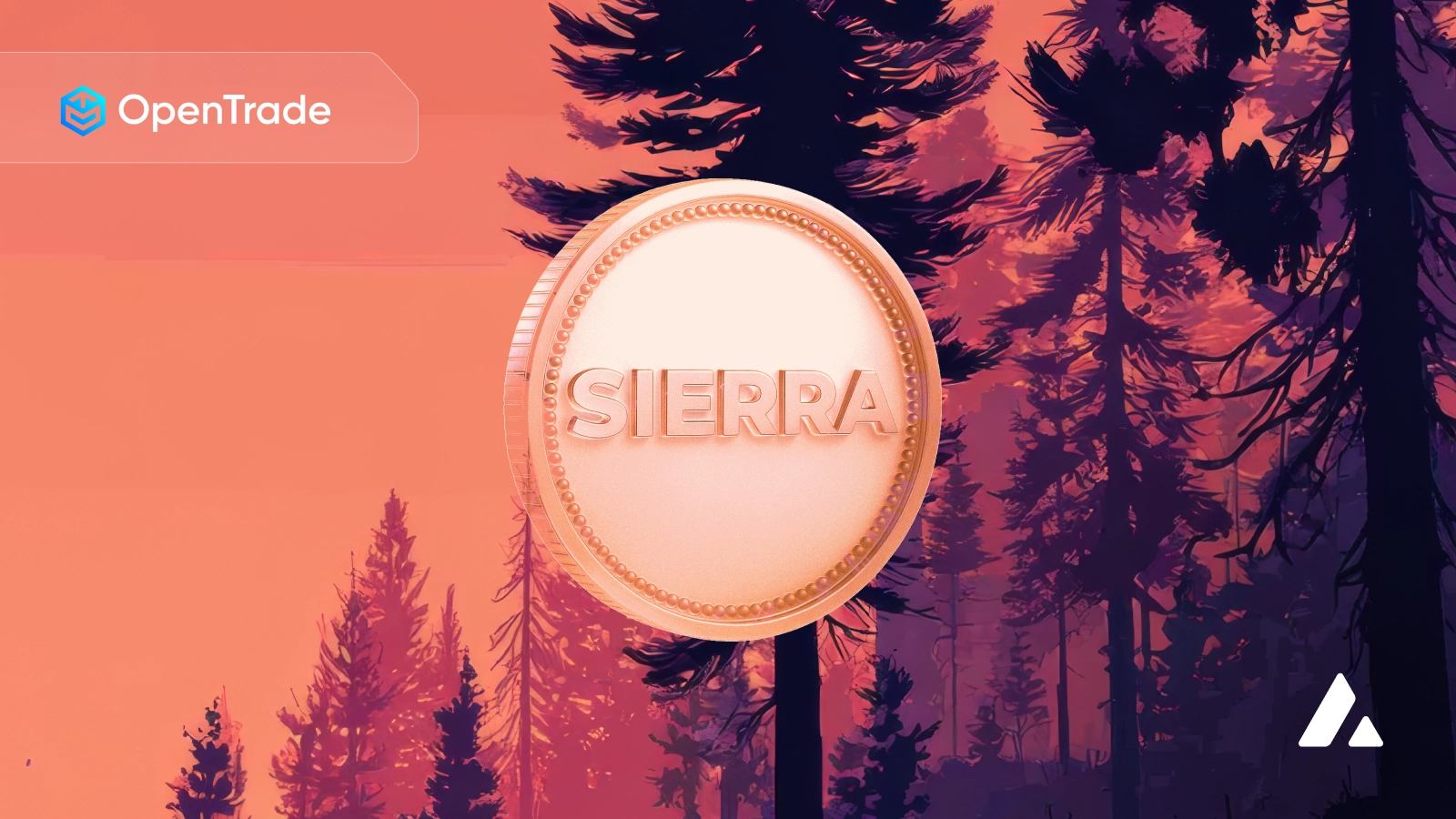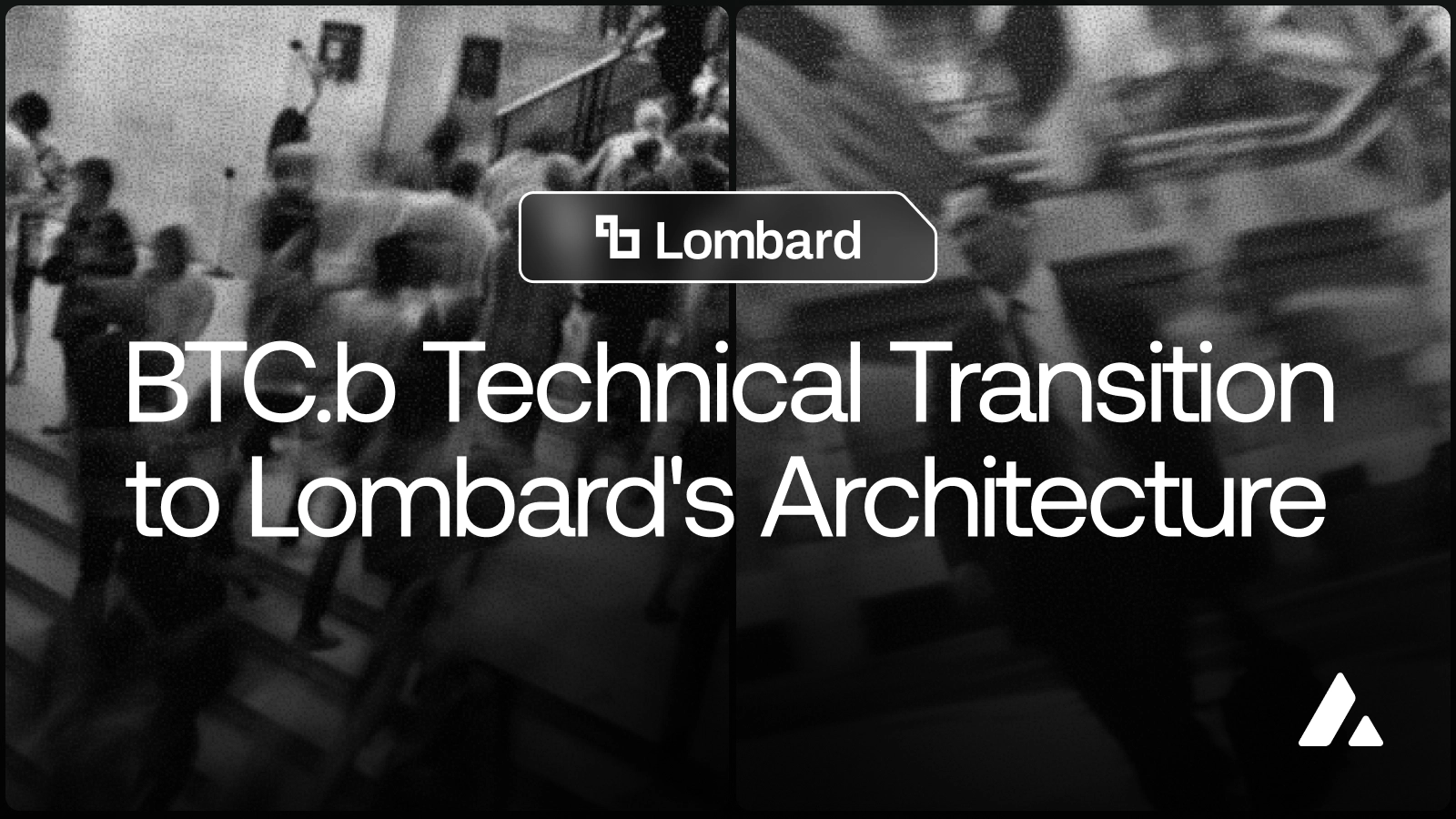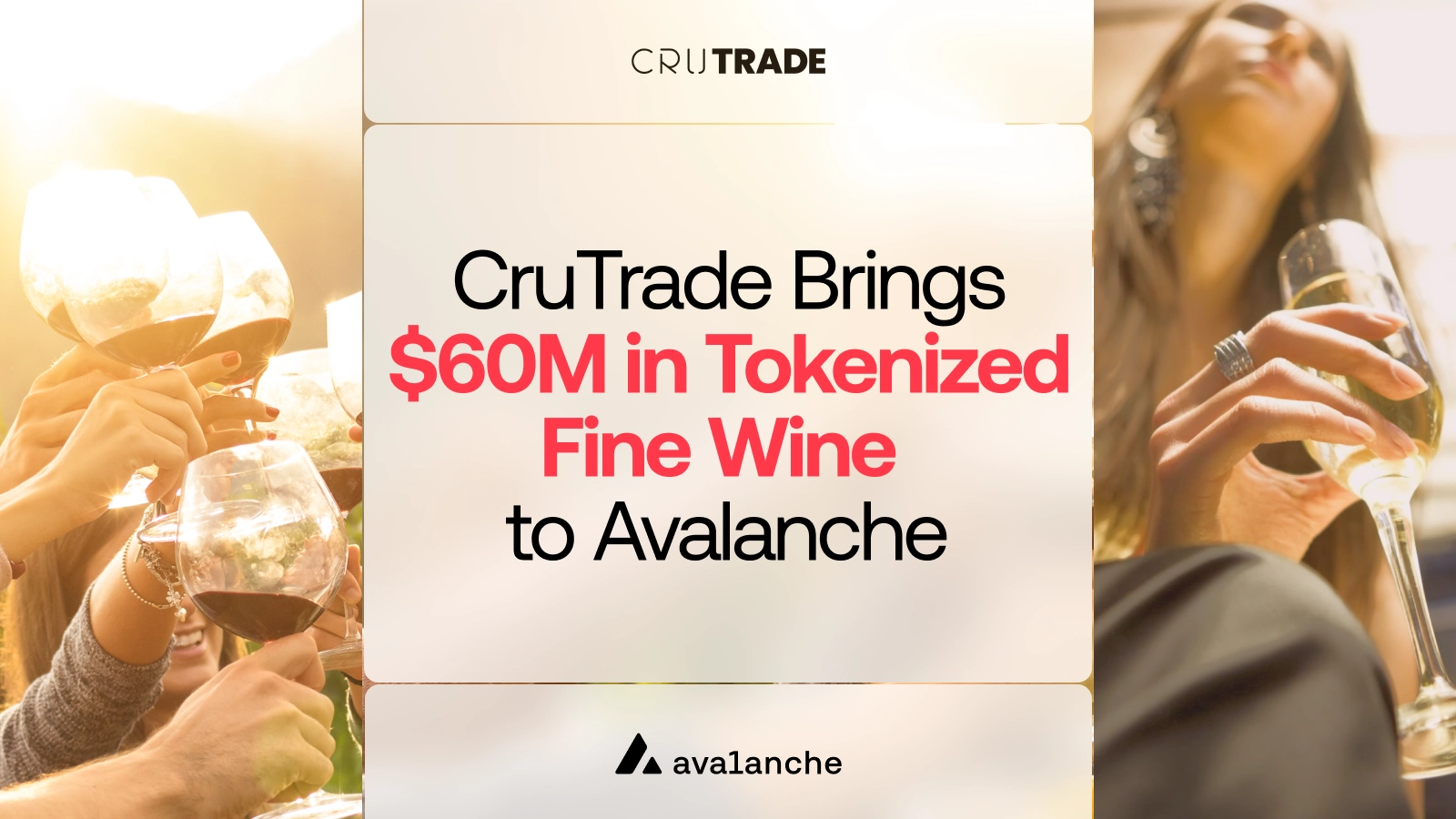Avalanche (AVAX)
What is Avalanche (AVAX)
May 14, 2025 / By Avalanche / 7 Minute Read
Avalanche Blockchain Network: A Comprehensive Overview
Avalanche is an ultra-fast, low-latency blockchain platform designed for builders who need high performance at scale. The network’s architecture allows for the creation of sovereign, efficient and fully interoperable public and private layer 1 (L1) blockchains which leverage the Avalanche Consensus Mechanism to achieve high throughput and near-instant transaction finality. The ease and speed of launching an L1, and the breadth of architectural customization choices, make Avalanche the perfect environment for a composable multi-chain future.
Supported by a global community of developers and validators, Avalanche offers a fast, low-cost environment for building decentralized applications (dApps). With its combination of speed, flexibility, and scalability, Avalanche is the platform of choice for innovators pushing the boundaries of blockchain technology.
1. Core Vision and Objectives
Avalanche aims to digitize and tokenize all the world’s assets. Its core mission is to provide an open, programmable, and highly scalable blockchain platform that supports the deployment of decentralized applications (dApps) and custom blockchains with sub-second finality and low fees. It’s built to be flexible enough for institutions, enterprises, and developers to create compliant, scalable Web3 solutions for virtually any use case.
High throughput (thousands of transactions per second)
Low latency (near-instant finality)
Decentralization (support for thousands of validators)
Interoperability (ability to communicate across different blockchains)
Customizability (allowing developers to create tailor-made blockchains)
2. Consensus Mechanism
Avalanche uses a novel consensus protocol known as the Avalanche consensus, which blends classical consensus and Nakamoto-style decentralization. Rather than requiring all nodes to validate every transaction, it uses randomized subsampling and repeated voting, achieving consensus quickly with minimal communication overhead. This results in ultra-fast finality—usually under one second—with high security and energy efficiency.
3. Architecture
Avalanche’s architecture is unique due to its multi-chain approach. The network consists of three integrated blockchains and an entire network of Avalanche Layer 1 blockchains.
A. Primary Network
The primary chain will serve as the economic and foundational hub that powers the network, where liquidity flows easily to every other L1. All of the pre-built tools on the C-chain can be accessed by new Avalanche L1s.
The primary network is composed of three built-in blockchains:
X-Chain (Exchange Chain): Used for creating and transferring assets like AVAX.
P-Chain (Platform Chain): Coordinates validators and manages Subnets and staking.
C-Chain (Contract Chain): Smart contract platform fully compatible with the EVM.
B. Avalanche L1s
Avalanche L1s refer to Layer 1 blockchains built using Avalanche's subnet architecture. These are independent, sovereign blockchains that operate on top of Avalanche's infrastructure but have their own rules, virtual machines (VMs), and tokenomics.
Isolation of application logic
Custom compliance or geographic requirements
Permissioned or private chains
Specific token economics and fee structures
This modular approach means enterprises or projects can create purpose-specific blockchains with different rule sets, without compromising the security or speed of the main network.
C. Avalanche Interchain Messaging (ICM)
Avalanche's L1s thrive together, leveraging Interchain Messaging (ICM) to harness the power of interoperability and achieve collective success.
4. Smart Contract Capabilities and EVM Compatibility
Avalanche’s C-Chain supports the Ethereum Virtual Machine (EVM), making it easy for developers to port over Ethereum-based smart contracts. It also supports Solidity and most Ethereum tooling (like MetaMask, Hardhat, Remix). The platform is capable of executing smart contracts at lightning speed and low cost, with far fewer network congestions and gas fee spikes.
5. Avalanche Token (AVAX)
AVAX is the native token of the Avalanche network and serves multiple purposes:
Staking and securing the network: Validators must stake AVAX to participate in consensus and earn rewards.
Fee payment: AVAX powers the Avalanche network—used for paying fees, securing the platform, and fueling custom blockchain operations.
The total capped supply of AVAX is 720 million tokens, and a portion of transaction fees is burned, introducing a deflationary mechanism that reduces the circulating supply over time.
6. Decentralization and Validator Participation
Avalanche is one of the most decentralized Layer 1 platforms, with thousands of validators securing the network. There is no minimum hardware requirement for nodes, and the minimum staking requirement is 2,000 AVAX for the primary network, making participation accessible. Validators are incentivized through AVAX rewards, and new Avalanche L1s can use the pay-as-you-go model for validating their own chain.
This broad validator base not only improves decentralization and resilience but also ensures a more democratized distribution of rewards.
7. Scalability and Performance
Avalanche is capable of processing over 4,500 transactions per second (TPS) and achieving transaction finality in less than a second. This performance puts it ahead of Ethereum (which historically handles about 15–30 TPS) and many other Layer 1 blockchains.
Because of its consensus design and multichain architecture, Avalanche can scale horizontally. New Avalanche L1s can be added without congesting the network, and specific use cases can be isolated to separate environments, preserving network efficiency.
8. Use Cases and Ecosystem
Avalanche supports a wide range of applications, including:
Decentralized Finance (DeFi): Built for scale, speed, and flexibility, Avalanche offers sub-second finality, high-throughput consensus, and full EVM compatibility, making it well-suited for modern DeFi applications. Top protocols include Aave, Benqi, LFJ, Euler, Dexalot, Pharaoh, GMX and more.
Gaming: Blockchain technology empowers players with true ownership of in-game assets and seamless, low-cost transactions. With high scalability and customizations for games, Avalanche provides the perfect infrastructure for developers to create immersive, player-driven gaming experiences. Top games and studios include Off The Grid, Maplestory, Beam, Bloodloop, Faraway, and more.
Enterprise & Consumer Apps: Avalanche accelerates blockchain business growth by enabling fast, scalable Web3 application development. Current partners include Uptop, Sports Illustrated, FIFA, hang, Fan3, MeWe, Credenz, Tixbase and more.
Institutions and Capital Markets: Purpose-built blockchains with the speed, security, and performance institutions demand today–while delivering on the scalability and innovation of tomorrow. Current partners include JPM, Citi, Republic, WisdomTree, Franklin Templeton, Apollo, VanEck, BlackRock, Securitize, and more.
Avalanche’s native developer tools, robust documentation, and strong community support foster innovation and rapid development across sectors.
9. Recent Platform Developments
Avalanche continues to evolve, with recent initiatives including:
Avalanche9000: The Avalanche9000 upgrade has made launching your own L1 more economically feasible, simpler to customize, smoother to maintain and quicker to bring to market
Avalanche Octane: By enabling dynamic gas limits and refining price discovery, the upgrade enhances the C-Chain's ability to maintain stable and predictable transaction fees, even during periods of high demand.
Acceleration of new Avalanche L1s: Major brands and businesses like FIFA, Maplestory, Inversion Capital and Nonco have recently launched their own fully sovereign, custom blockchains.
Growth in Gaming and AI: The Avalanche Foundation has launched initiatives to support the development of Web3 gaming and AI-based applications on-chain.
The roadmap ahead includes further enhancements to interoperability, subnet functionality, scaling solutions, and broader institutional adoption.
10. Conclusion
Avalanche has emerged as one of the leading next-generation blockchain platforms, offering a unique blend of performance, customizability, and decentralization. Its novel consensus protocol, scalable architecture, and full EVM compatibility position it as a serious contender in the Layer 1 blockchain space.
With growing adoption across DeFi, Institutions, gaming, and Enterprise use cases, Avalanche is proving its capacity to deliver on the promises of blockchain technology — speed, decentralization, and innovation — without compromise.
As the blockchain ecosystem continues to mature, Avalanche’s flexibility and technical sophistication may make it a foundational pillar of the decentralized future.


















